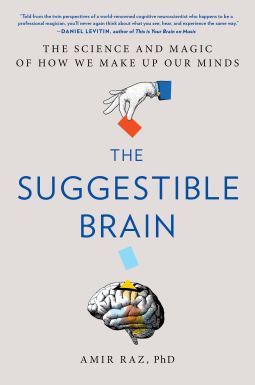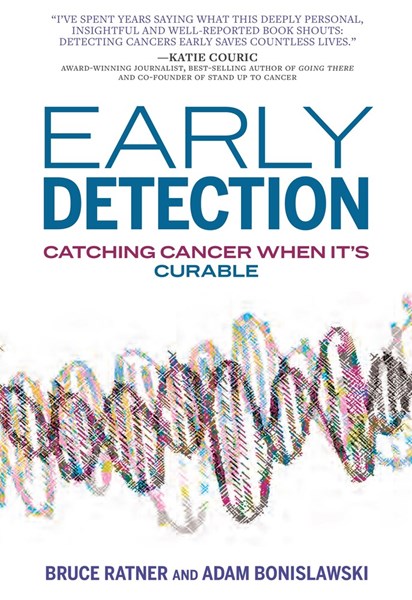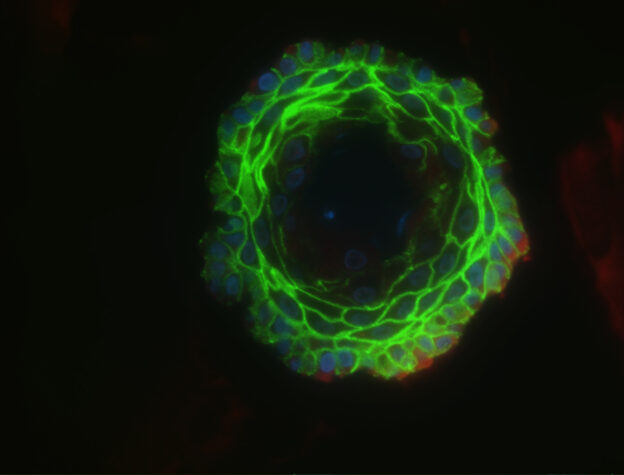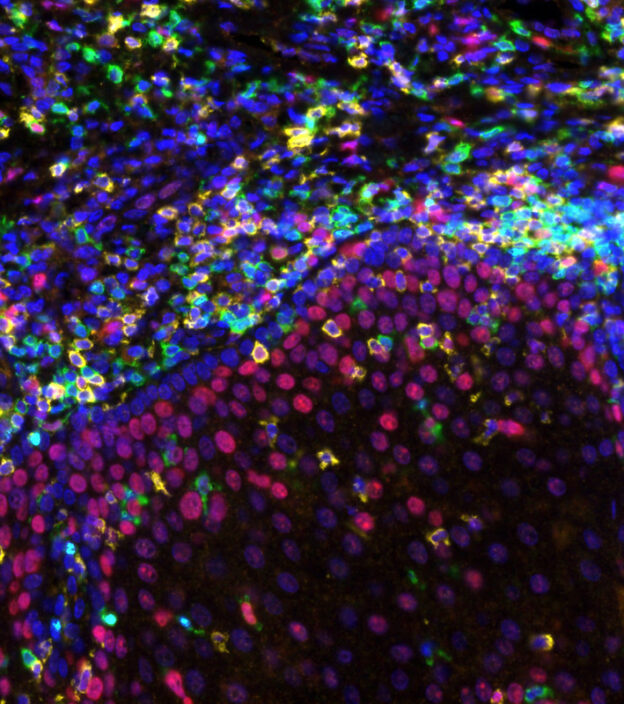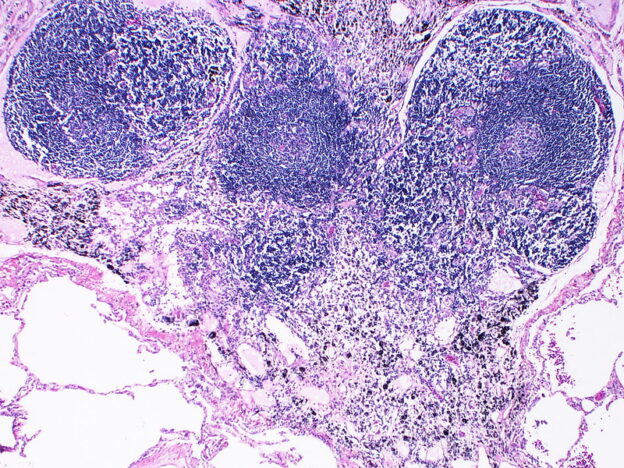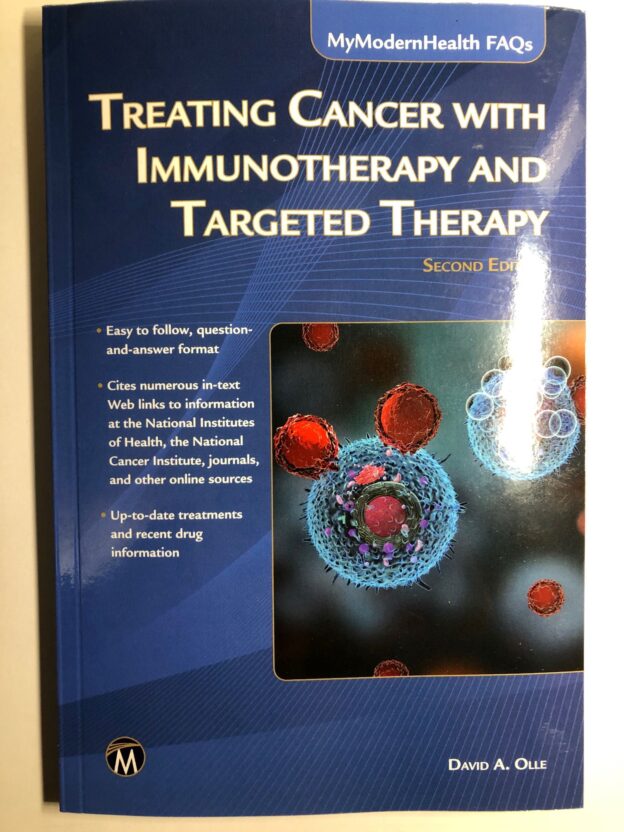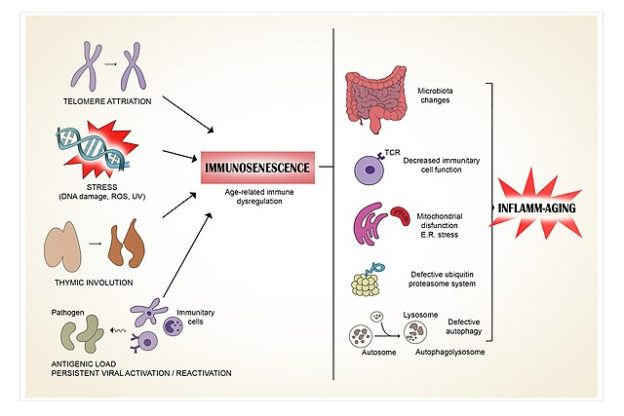Andrew Craig, the author of Our Future is Biotech, has spent his entire career in finance. His interest in biotechnology grew over six years when he was a partner in an investment bank specializing in biotechnology and life sciences. He developed a comprehensive understanding of the field through diligent research and communication with the biotech community.
Andrew strongly advocates biotechnology, and his enthusiasm shows throughout the book. He envisions the development of the biotech industries to be exponential rather than linear. The interaction of many different technologies feeds this exponential growth. Andrew’s view of biotechnology goes beyond biology, including artificial intelligence, robotics, and digital manufacturing.
Andrew describes several significant challenges facing the biotech industry. As a person closely associated with finance, Andrew spends considerable time discussing investments in biotech. Investments are going quite well, but individuals can work with financial advisors. Another challenge is the public perception of biotech. People tend to have negative views about things they do not understand, and the press may reinforce these beliefs. A primary goal of the book is to help the reader better understand biotech. A third challenge is implementation by the medical community. There is a multitude of factors that explain why medicine may be reluctant to adopt a new technology. However, specialized medical centers exist that can rapidly apply biotechnology.
Andrew describes modern medicine as “sick care” rather than “health care.” He envisions a future called “Medicine 3.0,” which is more directed toward determining the root causes of illnesses rather than treating symptoms. Due to the extraordinary complexities involved, biotech can have a prominent role in this new vision.
Modern medicine has brought many tools to conquer disease, including antimicrobials, vaccines, and small-molecule drugs. A wide range of biotech-related treatments has resulted from a greater understanding of how the immune system and DNA/genes work. These new treatments have been called “miracles” as they provide advanced treatments for previously incurable diseases. Robust new diagnostic procedures have been developed using other advanced technologies, including big data, computing power, and gene sequencing.
However, after achieving these successes, “diseases of modernity” have appeared, including increased incidence of allergies and autoimmune diseases. Actions such as excessive antibiotic use and strict sanitation have resulted in a dysfunctional microbiome (the essential microbial population of the gut). Biotech is uniquely suited to analyze the microbiome.
Andrew has placed these new developments in political and social contexts, including their high costs and regulatory difficulties. He stresses that patients should act as partners for their health through diet, exercise, and meditation.
Andrew expands on the applications of biotech, including environmental issues.
Overall, the book presents an impressive case for embracing biotech for the future.
Member Review
NetGalley

